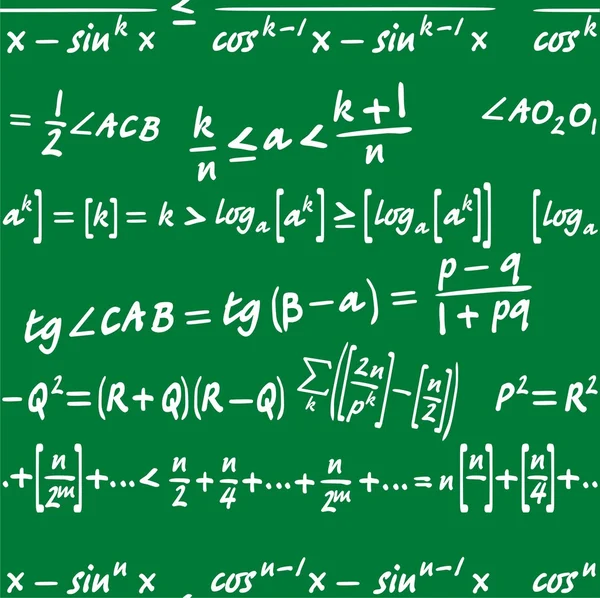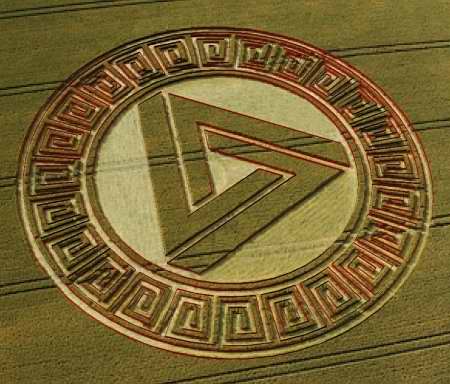There is a good chance that you have never written a paper in a math class before. So you might be wondering why writing is required in your math class now.
The Greek word mathemas, from which we derive the word mathematics, embodies the
notions of knowledge, cognition, understanding, and perception. In the end, mathematics is about ideas. In math classes at the university level, the ideas and concepts encountered are more complex and sophisticated. The mathematics learned in college will include concepts which cannot be expressed using just equations and formulas. Putting mathemas on paper will require writing sentences and paragraphs in addition to the equations and formulas.
Mathematicians actually spend a great deal of time writing. If a mathematician wants
to contribute to the greater body of mathematical knowledge, she must be able
communicate her ideas in a way which is comprehensible to others. Thus, being able to
write clearly is as important a mathematical skill as being able to solve equations.
Mastering the ability to write clear mathematical explanations is important for
non-mathematicians as well. As you continue taking math courses in college, you will come to know more mathematics than most other people. When you use your mathematical
knowledge in the future, you may be required to explain your thinking process to another person (like your boss, a co-worker, or an elected official), and it will be quite likely that this other person will know less math than you do. Learning how to communicate mathematical ideas clearly can help you advance in your career
Free download here, in English language














